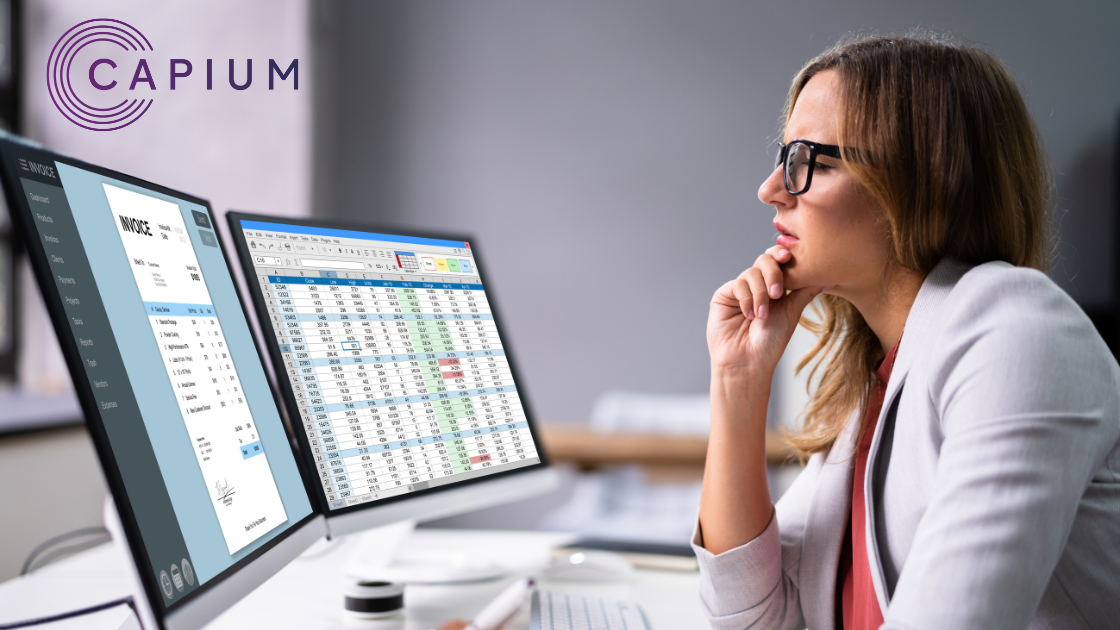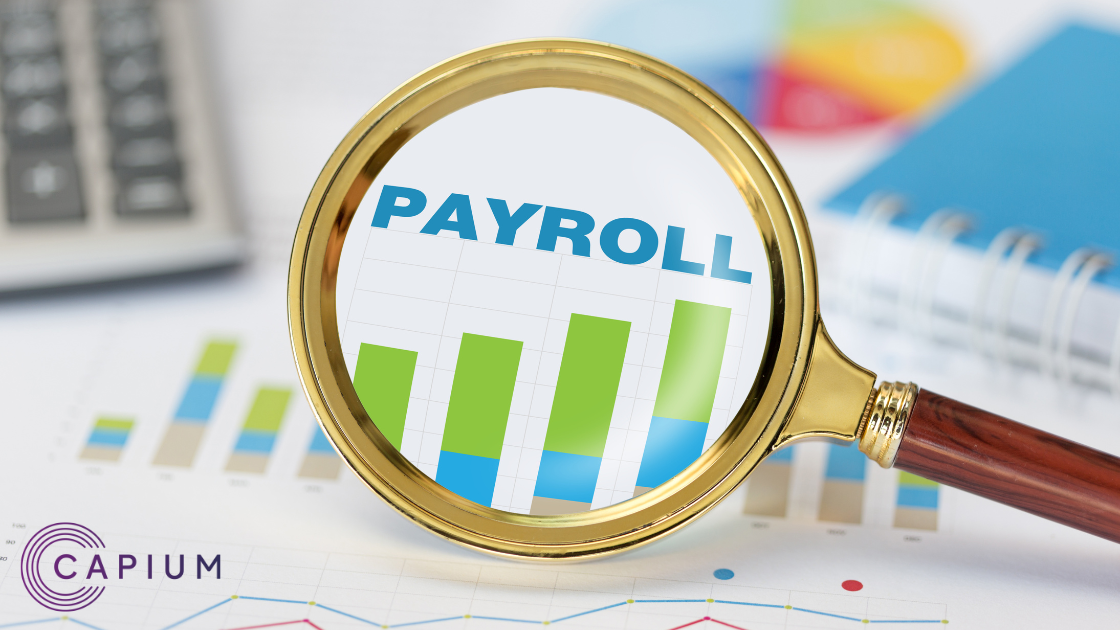As we’ve mentioned before, HMRC isn’t creating its own software for Making Tax Digital (MTD). Instead, they’re working closely with external solutions like Capium, which they’ve recognised as an MTD-ready solution to link into their systems. As a result, we’re in constant contact with HMRC, discussing compliance challenges and how software can address them.
The latest development you should be aware of is actually a milestone – because the first live pilots for MTD VAT returns have finished.
How the MTD live pilots worked
HMRC had strict eligibility criteria for participating in the pilots. These do change, but at the time, they excluded:
- Trusts or charities
- Those part of a VAT group or VAT division
- Those who trade with the EU
- Those based overseas
- Partnerships
- Those who submit annual returns
- Those who make VAT payments on account
- Those on the VAT Flat Rate Scheme
- Businesses newly registered for VAT who haven’t previously used their VAT online account to submit their VAT return
- Those who have incurred a default surcharge in the last 24 months
We worked with accountants and SMEs who met the criteria and helped them submit pilot MTD-compliant VAT returns via Capium. The test was 100% successful, and there are 3 primary lessons for accountants (and clients) based on the experience.
Lesson 1: Leave time for registration
Under MTD, accountants need to re-register as agents for each of their clients. After you register, HMRC sends the client an email, and the client has to approve your registration. Then HMRC adds you to the database.
In the pilot, it took a couple of days before registration was confirmed. This means you can’t leave the registration process until the last minute. If you have dozens or hundreds of clients, we recommend factoring a time lag into your planning so you’re not caught out close to the deadline.
Lesson 2: Review how your clients manage their bookkeeping
Our pilots included the use of bridging software, because we know so many businesses will continue using non-MTD approved bookkeeping solutions. For example, many companies only need spreadsheets or are comfortable with VT Software, and don’t want to change. You can’t submit returns using non-approved solutions like these, so you need HMRC-recognised software (like Capium) as well.
Capium allows you to upload your spreadsheets or other bookkeeping exports into the system and then submit your MTD-compliant return directly to HMRC (you can also use the free Capium bookkeeping software for complete integration). That way clients can use the best approach for their business, and it’s still easy for accountants to prepare and submit returns.
However, not all MTD software gives you this flexibility, so we recommend reviewing how your clients manage bookkeeping and start planning their MTD transition accordingly.
Lesson 3: Do your own MTD pilot
There’s less than 1 quarter left before April 2019, so now’s the last chance to take part in a pilot. Plus, getting MTD in order now will make things less fraught in the post-self-assessment period.
The accountants and clients we worked with in the pilot found the process extremely valuable. The actual submission was simple (they were surprised at this), but the challenges came with getting their heads round the new processes and making sure the administrative boxes (like registration) were ticked. Doing your own pilot will help everyone focus on what needs to be done for April, and gives you time to iron out any operational niggles in good time.
Learn more about MTD preparation by booking a demo with us today








